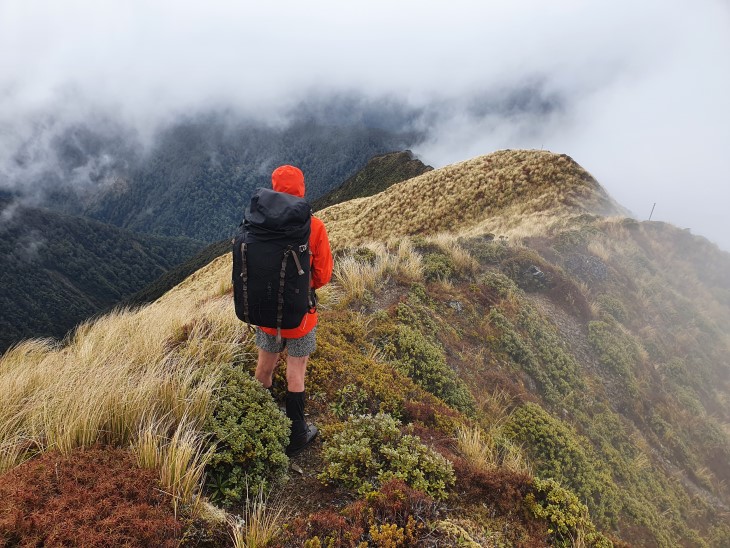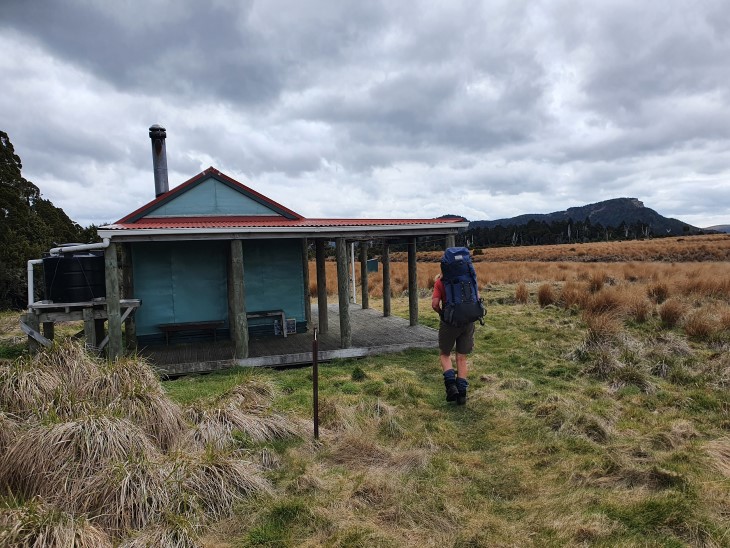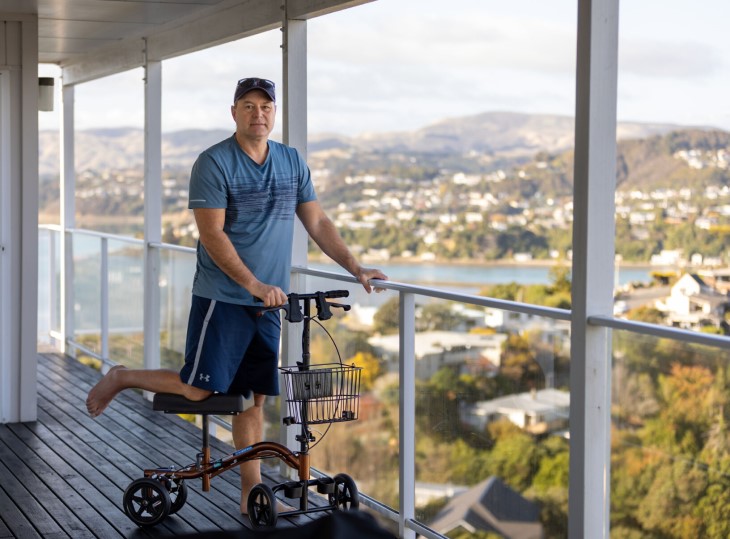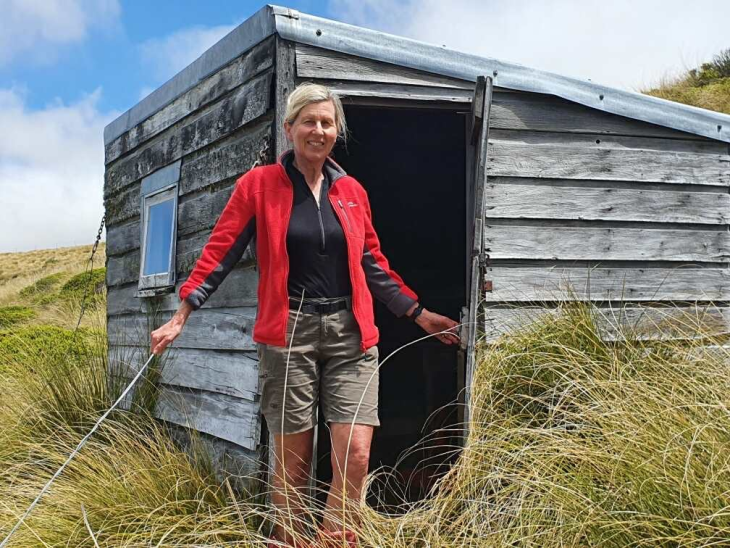‘Have a hmmm’ before hitting our tracks and trails

We’re blessed to live in one of the world’s best tramping countries but thousands of us are getting hurt in the great outdoors each year. Always be prepared and ‘Have a hmmm’ – if in doubt, don’t go out.
The weather may be getting colder but many of us are still looking to unplug and enjoy some uninterrupted time in nature.
But before you take a hike, remember to take a moment to ‘Have a hmmm.’
In 2024, we accepted nearly 9,000 claims for tramping-related injuries. The cost to support people to recover was almost $12 million.
Tramping-related injuries can peak anywhere from January to now, when many Kiwis look to take advantage of some extra days off and hit the tracks and trails over the public holidays, says ACC Injury Prevention Leader James Whitaker.
Fortunately, most walking and tramping injuries can be prevented, or their seriousness reduced, by thorough trip planning and sound decision-making, he says.
“Whether it’s a short walk, a day trip or an overnight tramp, the bare minimum should be warm clothes (insulation layers and thermal base layers), rain jacket, head torch, extra layers, plenty of food and drink, and an appropriate emergency communications device,” James says.
“A lot of hiking and tramping injuries are caused by slips and trips, so watch out for uneven ground and wear sturdy footwear for support.
“Always tramp with other people, stick together and make decisions as a group, and tell someone else where you’re going and when you expect to be back. It’s also important to choose a track that suits everyone’s abilities, and check the weather forecast, both in advance and on the day.”
Our trails proving increasingly popular
New Zealand Mountain Safety Council representatives say the significant number of tramping injuries is due to more and more Kiwis getting out to enjoy the great outdoors each year.
“The number of adults who go hiking in this country has continued to increase over the last decade with a corresponding increase in injuries,” Mountain Safety Council Chief Executive Mike Daisley says.
“Most of the injuries reported annually are minor, with people recovering quickly and with no long-term impact. These are often soft tissue injuries caused by trips, slips and falls. While some of these injuries are due to the nature of tramping, such as walking over rough ground with a pack on, others are avoidable or preventable.”
The safety council has a range of free resources to help people prepare effectively for their trips, reducing the chance of being injured. This includes the Plan My Walk trip planning tool. The easy-to-use free app and website are designed to improve planning, preparation and decision-making for day walkers, overnight hikers and multi-day trampers.
“We know through our extensive analysis of injuries, search and rescues, and fatalities that trip planning and preparation play a major role in prevention,” Mike says.
James agrees and says taking time to ‘Have a hmmm’ is vital.
“It’s great people are getting out in the outdoors and seeing the amazing scenery our country has to offer, but it’s crucial to be prepared and make safe decisions,” he says.
“Stop and ‘Have a hmmm’ – if in doubt, don’t go out. And always be prepared for the weather to change, even if it looks like it’s going to be great.”
There are lots of injury prevention tips and other essential information on the Mountain Safety Council website.

Tramping injuries by the numbers
Tramping-related injury claims and the costs to treat these injuries have both been trending up over the past five years.
There were just over 6,000 claims received in 2020, which cost just under $5.5 million to help people recover.
Over the past five years (2020-2024), there have been around 40,000 tramping-related injury claims, which has cost $42 million to support people with their recoveries.
The regions with the highest number of tramping-related injury claims were Auckland (1,463), Canterbury (1,262), Otago (1,214), Tasman, Nelson and Marlborough (861), Waikato (825) and Wellington (701).
There were less claims for Bay of Plenty (476) and Northland (259).
The age groups with the most claims were 30 to 34-year-olds (922), 25 to 29-year-olds (882), 55 to 59-year-olds (767), 50 to 54-year-olds (741) and 35 to 39-year-olds (738).




